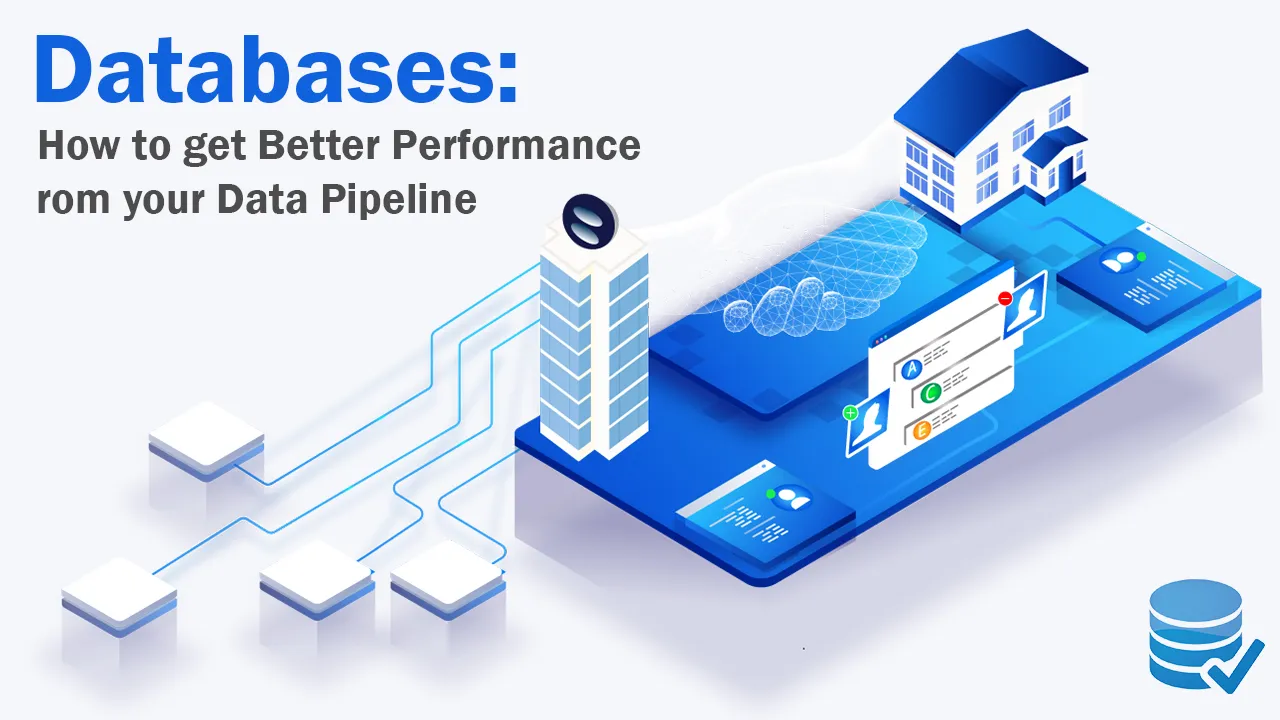Relational Databases can be one of your biggest allies in wrangling data. Let’s move off the beaten path to learn how.
I’ve worked with developers and engineers for a long time and there are a few commonalities I’ve come to expect and count on. One of the more consistent truisms I’ve observed is that there is often a tunnel-vision that develops. By that, I mean if a developer is a front-end person, most solutions focus on trying to handle everything with a front-end focus. If the developer is more middleware focused, they want to use that layer for everything. If a developer is “full stack” they then revert to their area of greatest comfort.
This isn’t a bad thing, per se. It’s just the modern application of the old maxim that if all you have is a hammer, everything looks like a nail. But, we don’t just have to be limited to hammers. We can add more tools to the proverbial toolbox.
One thing in software that tends to be lacking is good old fashioned relational database fluency. It’s like the 10mm socket of our tool kit. We probably have something in the box that will work in a pinch and get us by, but it’s not the perfect tool for the job.
So, before I run off the rails with the analogies, let’s dig in.
Note: For this discussion, I’ll be in a mental state of thinking about PostgreSQL. I like Postgres quite a bit. I encourage everyone to gain some fluency with it. However, most of these concepts will transfer to other database engines to varying degrees.
#postgresql #data-science #database #programming #data #databases: how to get better performance from your data pipeline
